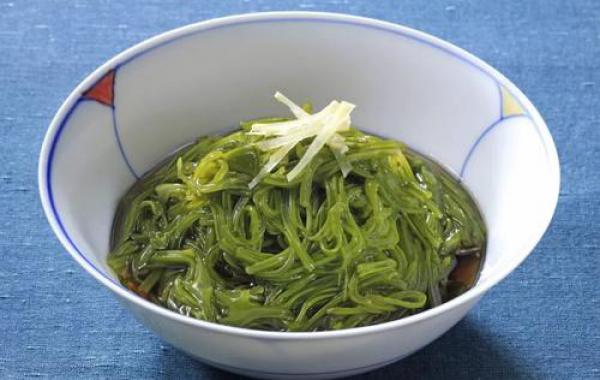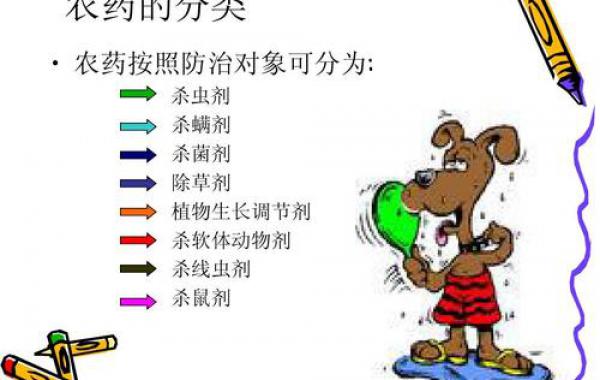What is the best way to control edible fungus gall midge?

What is the clever way to control edible fungus gall midge.
The reason for the occurrence of edible fungus gall mosquito is improper fermentation of culture material. The fermentation of the culture material is not thorough, the pile turning is uneven, the fermentation time is too short, and the disinfection is not thorough. The microclimate in the mushroom house is not suitable. Such as the humidity in the mushroom room is on the high side. Cultivation conditions are not good. Mushroom farmers use old mushroom racks to cultivate mushrooms, but the disinfection is not thorough after harvest. The water source is not clean, with diseases, insects and miscellaneous bacteria. The mushroom room is badly ventilated.
Prevention and cure method
(1) site selection and mushroom room disinfection. The mushroom production site must be in a dry, near-water and clean place. If a mushroom bed is built in the room, the room disinfection should be strengthened. Sulfur and dichlorvos were fumigated at the ratio of 1 ∶ 1, and then fumigated once every 5 days. If the old mushroom rack is used, it should be soaked in water for several days, drained and then fumigated in the mushroom room. Disinfection with 2% pentachlorophenol sodium solution has a better prevention and control effect.
(2) to improve the environmental hygiene inside and outside the mushroom farm, the waste and dirt should be removed in time, and the site should be regularly sprayed with disinfectants and pesticides, such as dichlorvos, etc. The mushroom room is equipped with screen doors and screen windows.
(3) the culture material must be fermented twice. In the process of pre-fermentation, the material should be turned evenly, and the water content of the culture material should be controlled to prevent excessive moisture. In the process of post-fermentation, attention should be paid to the temperature and time of heating and temperature control. Before post-fermentation, used or ready-to-use tools should be disinfected together to prevent disease, insect and miscellaneous bacteria contamination.
(4) the ring sealing method should be used to seal the bacterial bag after inoculation. Double-layer paper should be used to prevent the sealing paper from falling off in the process of handling, and pay attention to handling it gently. If you find a break in the bacterial bag, you should stick it with viscose tape immediately, so as to avoid the harm of pests laying eggs at the break.
(5) to control the temperature and humidity of the mushroom house. The mushroom room should be ventilated and the temperature and humidity should be adjusted.
(6) Chemical prevention and control. When the culture material is turned over, 1000 times liquid of 90% trichlorfon or 50% malathion emulsion can effectively prevent the occurrence of insect pests.
China is rich in edible fungi resources, and it is also one of the earliest countries to cultivate and utilize edible fungi. Artificial cultivation of Auricularia auricula was recorded more than 1100 years ago. The cultivation of Lentinus edodes began in the southwest of Zhejiang at least 800 years ago. Straw mushroom was first cultivated in Fujian and Guangdong more than 200 years ago. These technologies have been handed down to this day.
(1) site selection and mushroom room disinfection. The mushroom production site must be in a dry, near-water and clean place. If a mushroom bed is built in the room, the room disinfection should be strengthened. Sulfur and dichlorvos were fumigated at the ratio of 1 ∶ 1, and then fumigated once every 5 days. If the old mushroom rack is used, it should be soaked in water for several days, drained and then fumigated in the mushroom room. Disinfection with 2% pentachlorophenol sodium solution has a better prevention and control effect.
(2) to improve the environmental hygiene inside and outside the mushroom farm, the waste and dirt should be removed in time, and the site should be regularly sprayed with disinfectants and pesticides, such as dichlorvos, etc. The mushroom room is equipped with screen doors and screen windows.
(3) the culture material must be fermented twice. In the process of pre-fermentation, the material should be turned evenly, and the water content of the culture material should be controlled to prevent excessive moisture. In the process of post-fermentation, attention should be paid to the temperature and time of heating and temperature control. Before post-fermentation, used or ready-to-use tools should be disinfected together to prevent disease, insect and miscellaneous bacteria contamination.
(4) the ring sealing method should be used to seal the bacterial bag after inoculation. Double-layer paper should be used to prevent the sealing paper from falling off in the process of handling, and pay attention to handling it gently. If you find a break in the bacterial bag, you should stick it with viscose tape immediately, so as to avoid the harm of pests laying eggs at the break.
(5) to control the temperature and humidity of the mushroom house. The mushroom room should be ventilated and the temperature and humidity should be adjusted.
(6) Chemical prevention and control. When the culture material is turned over, 1000 times liquid of 90% trichlorfon or 50% malathion emulsion can effectively prevent the occurrence of insect pests.
Related
- Fuxing push coffee new agricultural production and marketing class: lack of small-scale processing plants
- Jujube rice field leisure farm deep ploughing Yilan for five years to create a space for organic food and play
- Nongyu Farm-A trial of organic papaya for brave women with advanced technology
- Four points for attention in the prevention and control of diseases and insect pests of edible fungi
- How to add nutrient solution to Edible Fungi
- Is there any good way to control edible fungus mites?
- Open Inoculation Technology of Edible Fungi
- Is there any clever way to use fertilizer for edible fungus in winter?
- What agents are used to kill the pathogens of edible fungi in the mushroom shed?
- Rapid drying of Edible Fungi



